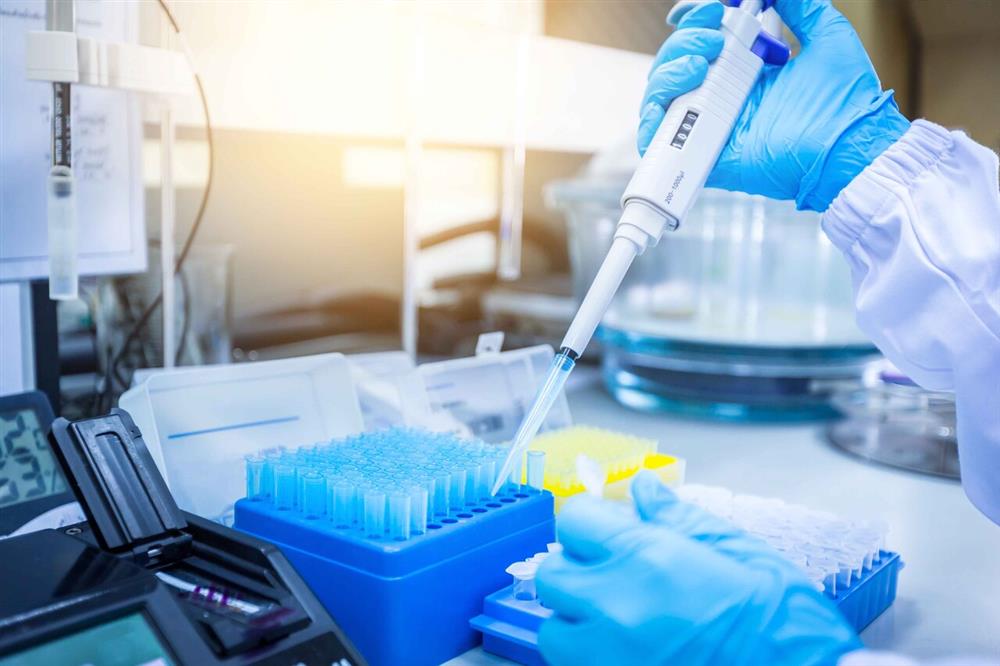What are the 2 Methods of Pipetting?
A pipette is a device for quantitatively transferring liquid. A pipette is generally used to remove small or trace amounts of liquid in analytical testing studies. Forward pipetting and reverse pipetting are the 2 methods of piprtting. Before pipetting, to make sure the pipette, nozzle, and liquid are at the same temperature. In this article we will describe these two pipetting methods in detail.

Before pipetting, to make sure the pipette, nozzle, and liquid are at the same temperature. Absorbing liquid, four fingers holding liquid move upper together, hold down the button at the top of the piston rod, the thumb pipetting keep upright and insert point under the liquid level 2 a 3 mm, slow release, the liquid absorption, and keep 1-2 seconds (big viscosity solution can be extended residence time), the suction along the wall slip out of the container, the suction head tilted contact as drainage to the wall. You may want to moisten the suction nozzle by suction several times before suction (especially if the fluid is thick or not of the same density as water). Finally, press the push rod to remove the suction head and push the suction head into the waste cylinder.
One is the forward pipetting method. Press the button with your thumb to the first stop, then slowly release the button back to the origin. Then press the button to the first stop to discharge the liquid, pause for a moment and continue to press the button to the second stop to blow out the residual liquid. Finally release the button.
The second is reverse pipetting. This method is generally used to transfer highly viscous liquid, bioactive liquid, foaming liquid or very trace liquid. Its principle is to inhale more liquid than set Luo range first, and do not blow out the residual liquid when transferring liquid. First press the button to the second stop, slowly release the button to the origin. Then press the button to the first stop point to discharge the liquid set up a good range, continue to hold the button at the first stop point (do not press down), remove the residual liquid head.
After use, you can hang it upright on the pipette holder, but be careful not to drop it. When there is liquid in the pipette nozzle, do not put the pipette horizontally or pour it to avoid liquid backflow corrosion of the piston spring.
The pipette design can mainly consider the following points:
- The shorter distance the thumb has to travel to complete a pipetting cycle means more comfort.
- Compare the thumb force required by pipettes of the same range to complete a drain (be sure to press to the bottom). This is the key to comfort. Less force means less risk of finger injury caused by long-term use.
- Loading and unloading suction head, the same is the more effort, the better.
- The pipette is of moderate weight, too heavy will increase the burden on the hand, but too light also often means that the material may be slightly inferior.

